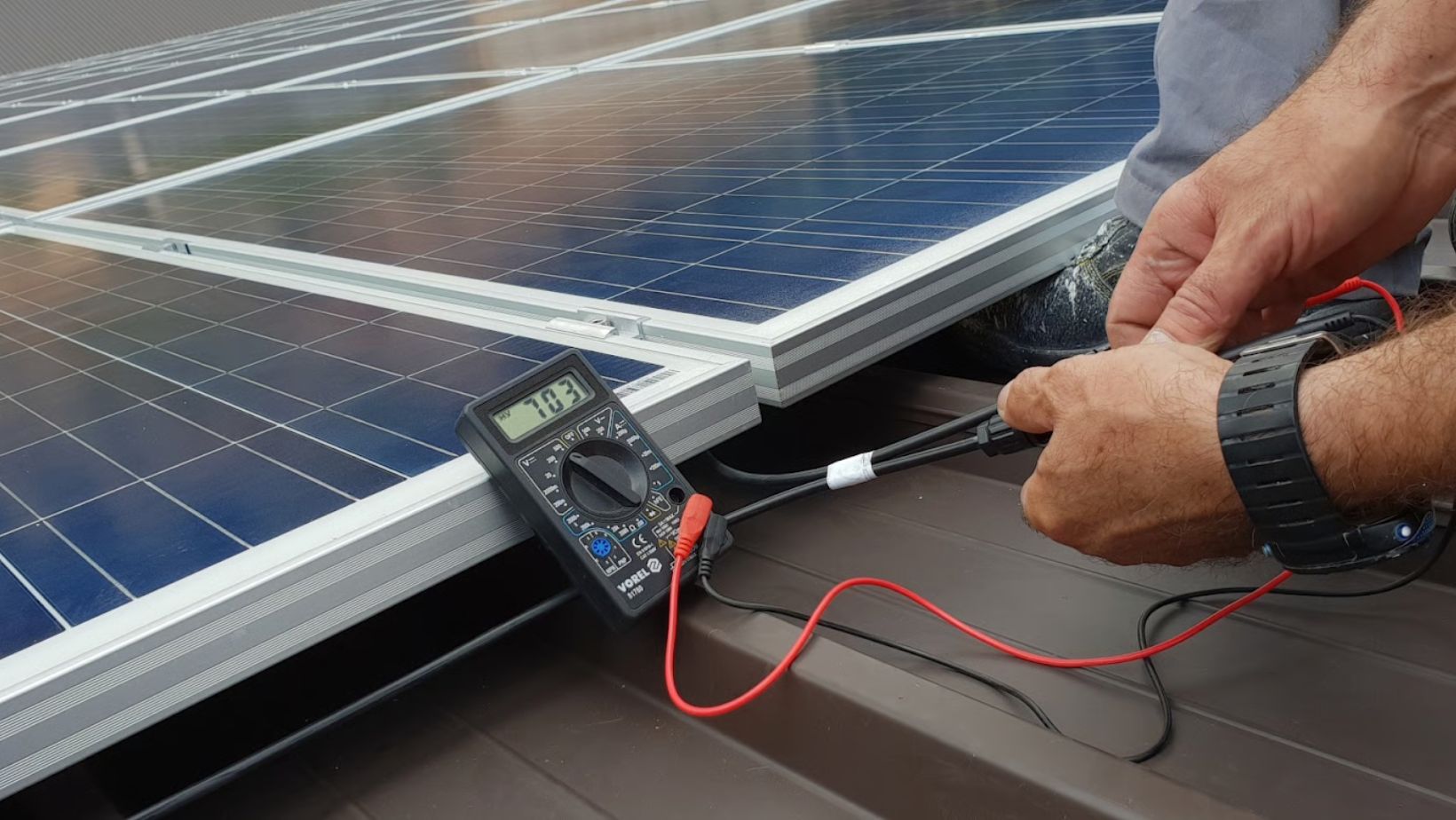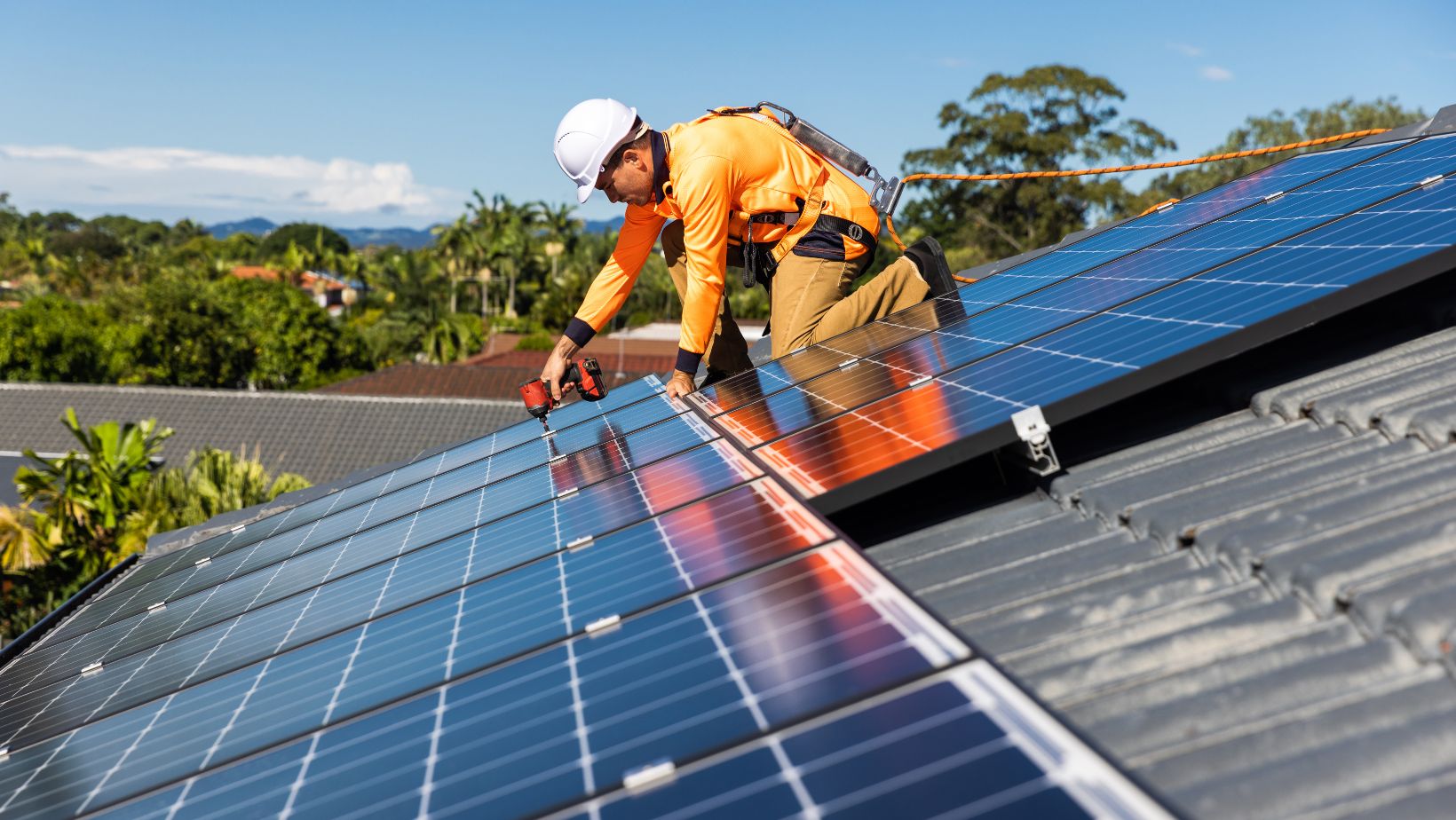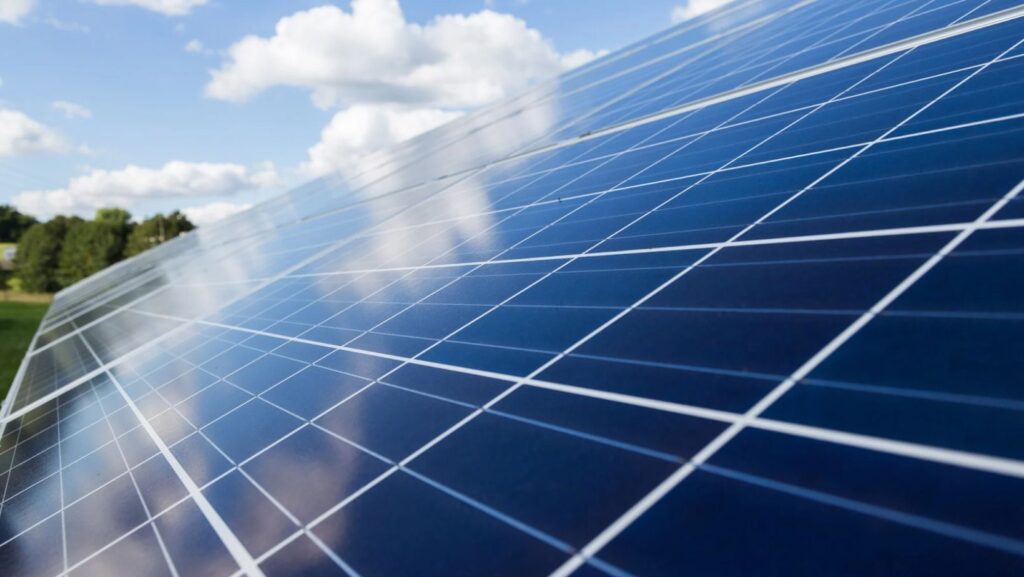Ever wondered how the sun can power your home? Solar energy isn’t just for tech enthusiasts or environmentalists anymore. It’s becoming a mainstream solution for anyone looking to cut energy costs and reduce their carbon footprint.
In this guide, I’ll break down the basics of solar energy, making it easy to understand even if you’re just starting out. From how solar panels work to the benefits they offer, you’ll get a clear picture of why so many people are making the switch to solar power.
What Is Solar Energy?
Solar energy refers to the radiant light and heat from the sun harnessed using various technologies. Solar panels, also known as photovoltaic (PV) cells, convert sunlight into electricity. When sunlight hits these cells, it creates an electric field across layers of silicon, generating direct current (DC) electricity.
Solar energy’s widespread use can significantly reduce greenhouse gas emissions. By generating power from sunlight, which is renewable and abundant, homeowners can decrease their dependence on fossil fuels. According to a study by the National Renewable Energy Laboratory (NREL), a typical residential solar system can offset approximately four metric tons of carbon dioxide per year.
There are two main types of solar energy technologies: photovoltaic (PV) and solar thermal. PV systems directly convert sunlight into electricity, while solar thermal systems use sunlight to heat fluids that produce steam to generate power.
Solar energy offers numerous benefits. It’s renewable, meaning it doesn’t deplete natural resources. Once installed, solar systems incur minimal operational costs. Further, adopting solar power helps protect the environment by lowering greenhouse gas emissions. For more detailed information, visit authoritative sources like Innasol.
How Solar Energy Works
Solar energy is harnessed using various components that work together to convert sunlight into usable electricity. Understanding these components is key to grasping how solar energy systems function.
Solar Panels
Solar panels consist of photovoltaic (PV) cells that capture sunlight and convert it into direct current (DC) electricity. Each cell contains semiconductor materials like silicon, which release electrons when exposed to sunlight. These electrons create an electric current. Solar panels are typically installed on rooftops or open land to maximize sun exposure.
Inverters
Inverters play a critical role by converting the DC electricity generated by solar panels into alternating current (AC) electricity, which powers household appliances. There are two main types of inverters: string inverters and microinverters. String inverters are cost-effective and connect multiple panels together in a chain, while microinverters are attached to individual solar panels, offering optimized performance even if one panel is shaded.
Solar Storage
Solar storage uses batteries to store excess electricity generated by solar panels. This stored energy can be used during nighttime or cloudy days when solar panels produce less electricity.

Lithium-ion batteries are commonly used due to their high efficiency and long lifespan. Effective solar storage systems ensure a consistent power supply and enhance energy independence.
Implementing these components not only reduces electricity bills but also contributes to lowering greenhouse gas emissions by minimizing reliance on fossil fuels. For more detailed information, visit authoritative sources like Innasol.
Types Of Solar Energy Systems
Solar energy systems vary based on their connection to the grid and energy storage options. Understanding these distinctions helps in selecting the best solution for individual needs.
On-Grid Systems
On-grid systems, also known as grid-tied systems, are connected to the public electricity grid. These systems don’t require battery storage. When the solar panels generate more electricity than needed, the excess power is fed back into the grid, often leading to credits on the electricity bill through net metering. During periods when the panels don’t produce enough power, the system draws electricity from the grid. The reliance on the grid ensures a continuous power supply but doesn’t provide energy independence during outages.
Off-Grid Systems
Off-grid systems operate independently from the public electricity grid. These systems rely on batteries to store excess electricity generated during sunny periods. This stored energy is used when solar production is insufficient, such as during nights or cloudy days. Essential for remote locations without grid access, off-grid systems offer complete energy independence. However, they require larger storage capacities and are typically more expensive due to the cost of batteries. Investing in efficient batteries becomes crucial to avoid power shortages and ensure a reliable electricity supply.
Hybrid Systems
Hybrid systems combine features of both on-grid and off-grid systems. These systems are connected to the grid and include battery storage. During the day, solar panels charge the batteries and supply electricity to the household. Any surplus energy feeds back into the grid. At night or during power outages, the stored energy in the batteries ensures a continuous power supply. Hybrid systems offer the benefits of both energy independence and grid support, optimizing efficiency and reliability. By balancing between self-generated power and grid reliance, these systems can significantly reduce electricity bills and greenhouse gas emissions.
For more detailed information, readers are encouraged to visit authoritative sources like Innasol. Using the right solar energy system not only cuts electricity costs but also minimizes environmental impact.
Benefits Of Solar Energy
One of the most compelling benefits of solar energy is the potential for significant savings on energy bills. Once installed, solar panels can dramatically reduce or even eliminate your electricity costs. This is particularly beneficial for businesses with high energy demands.
Another advantage is the increase in property value. Homes equipped with solar panels often sell at a premium compared to those without, as buyers are willing to pay more for long-term energy savings. Additionally, many governments offer tax incentives and rebates to encourage the adoption of solar energy, making the initial investment more affordable. Moreover, at https://innasol.com/, and similar websites, you can read more about the benefits solar power can bring to businesses. That way, you can get a better idea of how it can work for your specific needs.
Solar power also provides a reliable source of energy. Unlike fossil fuels, which can fluctuate in price and availability, the sun is a consistent and predictable energy source. This reliability is crucial for businesses that can’t afford downtime due to power outages.
Financial Benefits
Solar energy provides substantial cost savings over time. Once installed, solar panels generate electricity at no additional cost, leading to significantly lower energy bills. Homeowners can also benefit from net metering programs, where excess power generated by solar panels is fed back into the grid, earning energy credits. These savings can add up, making solar energy a smart long-term investment. Additionally, various government incentives and tax credits can further reduce the initial installation costs, enhancing the financial appeal of going solar.
For more detailed benefits and information, visit authoritative sources like Innasol.
Conclusion
Exploring solar energy has shown me just how transformative it can be for both our wallets and the environment. By understanding the basics of how solar panels work and the different system options available, it’s clear that solar energy isn’t just a trend but a viable long-term solution. The financial savings coupled with the significant reduction in greenhouse gas emissions make solar energy an attractive option for any homeowner.

Choosing the right solar energy system can lead to substantial benefits, from lower electricity bills to increased energy independence. With the added advantage of government incentives and net metering programs, switching to solar is more accessible than ever. If you’re considering making the switch, now’s the perfect time to harness the power of the sun and contribute to a greener future.



